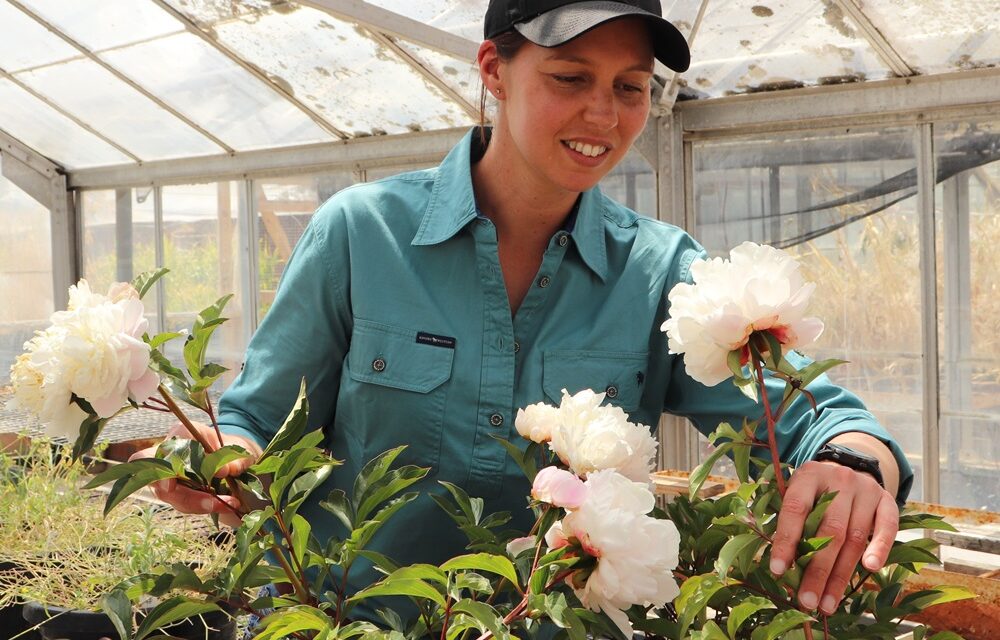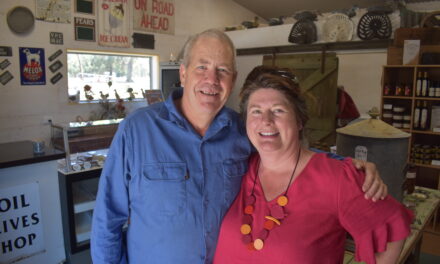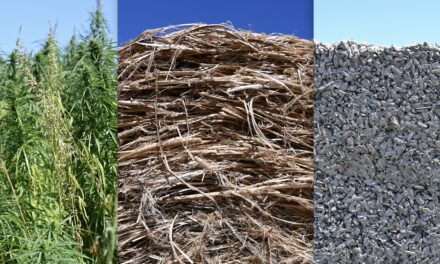Do Tasmanian-grown peonies have potential as a traditional Chinese herb? If so, it could blossom into a lucrative new market for flower growers.
Trials are under way in the state’s north to determine whether Tasmania could produce peony roots for the Traditional Chinese Medicine market (TCM).
PhD candidate with the Tasmanian Institute of Agriculture (TIA), Celia van Sprang, is researching the herbaceous species Paeonia lactiflora, to investigate whether peony roots produced in Tasmania are comparable in quality to those produced in China.
Celia said initial studies were positive.
“Peony roots are the primary plant part used in TCM where the key bioactive, paeoniflorin, is produced. The main indication of root quality is the paeoniflorin content,” she said.
“We have done some preliminary studies of a limited number of varieties from five commercial growers in Tasmania and Victoria, and the results show there is potential for producing peony roots for TCM in Australia.
“New trials were established earlier this year at locations in northern Tasmania and we will be collecting data across two seasons.”
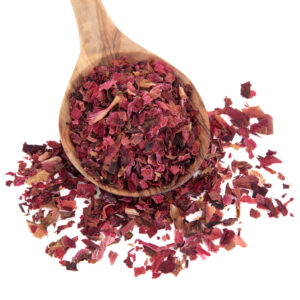
Peony flowers used in chinese herbal medicine in a wooden spoon over white background. Paeonia lactiflora. Fuguihua.
In TCM, peony root has many medicinal uses, such as maintaining circulatory health and as an anti-inflammatory treatment.
It is used in two main forms. One is red peony root (Chi Shao) where the root is sliced and dried and the bark of the root remains intact.
The other is white peony root (Bai Shao), where the root is boiled, the bark is removed, and the root is dried.
Depending on the requirement, sometimes the root is processed further by frying and steaming.
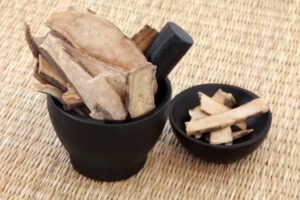
Peony root used in Chinese herbal medicine in a black stone mortar with pestle and bowl over wicker. Bai shao. Paeonia lactiflora.
Celia is working to investigate how both pre- and post-harvest factors may affect the quality of the roots.
“We are looking at agronomic aspects that are likely to impact peony root chemistry, such as fertiliser inputs and the practice of flower bud removal, as well as evaluating various post-harvest processing techniques.
“In China, peonies are mainly produced for the roots, whereas in Australia, they are produced for the flowers so there are differences in available genetics between what is grown in Australia and China.
“There is a large number of varieties of P. lactiflora in the local and global floriculture market and my research will be working with a few that have shown promise as options for TCM peonies in the preliminary studies.”
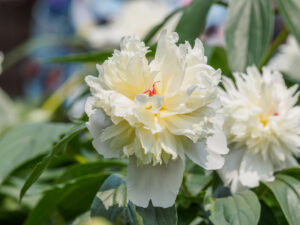
Summer flowers series, beautiful white peony flowers in garden.
TIA director, Professor Michael Rose, said the results of this research would be valuable for the Tasmanian agriculture industry.
“We already know that peonies grow well in Tasmania for cut flowers and this work will help us determine whether they could also be grown for the TCM market,” he said.
“If so, this could potentially open up a new market for Tasmanian producers bringing with it significant economic benefits for agriculture in this state.”
The research is supported by the Australian Education Management Group (AEMG) in collaboration with the Nanjing University of Chinese Medicine (NUCM) and is part of the TIA TCM Research Hub supporting a total of seven PhD projects.
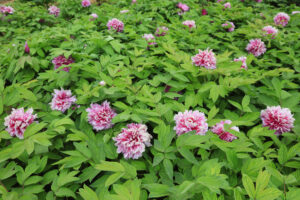
peony flowers in the park

